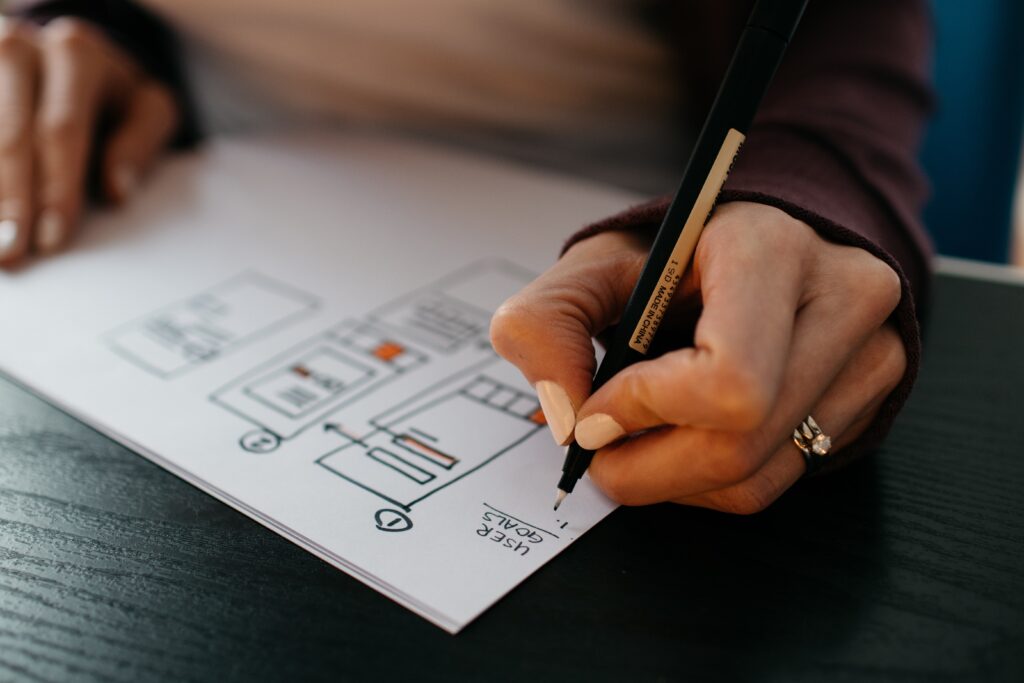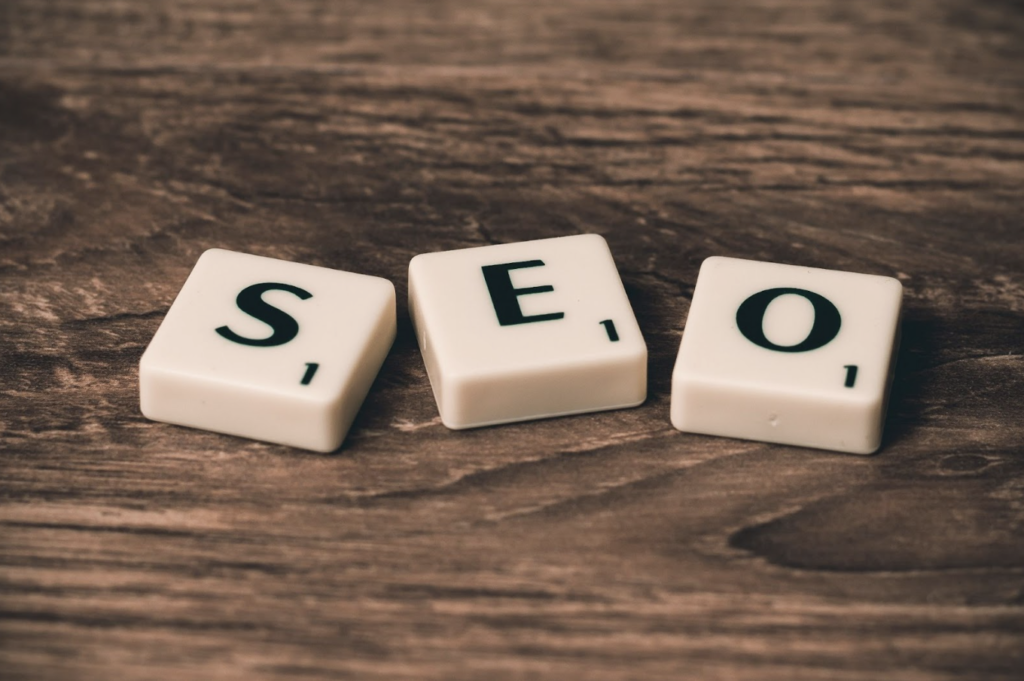Is It Time To Redesign Your Website?

New year, new website?
When was the last time you evaluated your website’s performance? Websites are an essential marketing tool for businesses ranging from local start-ups to non-profits to international corporations. Your website communicates your brand and company story to your audience on an ongoing basis.
Elements on the front and back ends of your website dictate your website’s performance. The front end is the copy, design, blogs, and other content that converts visitors into customers. The back end involves search engine optimization, content management, and overall architecture. If these elements do not work together or are not updated regularly, that creates problems. We have identified seven common issues that indicate it is time for you to redesign your website.
Problem #1: Your Website Isn’t Accomplishing Your Business Goals
What is the purpose of your website? This is one of the most important questions to ask before redesigning your website. It is tempting to jump straight to functionality and aesthetics, but you must define your business goals first.
The purpose of a website can range from educating clients about your services to direct sales and various other goals. A website designer will need a different website to advertise their services than a non-profit organization fundraising for an event. If your website is not designed to achieve your business goals, you will be disappointed with your return on investment. You should redesign your website if it is not driving revenue, ranking low on Google, and failing to reflect your current services.
Problem #2: Your Website Is Slow
According to software marketing agency Tiller, Google research shows that approximately 53% of users leave a website that takes longer than three seconds to load. There are two primary sources for slow load speed: a poorly built website and a traffic overload on the back end of the site infrastructure.
These two problems prohibit you from seeing the results of your work on website design’s strategic and creative side. You may have an aesthetically pleasing website with a solid marketing strategy, but all that work goes to waste if your website is slow. A slow load speed also negatively impacts your site’s search engine rankings. If your website is not optimized for the search engine, it will diminish your chance of increasing traffic and driving sales.

Problem #3: Your Website Is Hard To Navigate
What path would you take if you could hold someone’s hand and guide them through your website content? Your website content should act as a tour guide for users, leading them to the information they need to take action on your website. An aesthetically pleasing site with a fast load speed will not deliver results if visitors struggle to navigate your content. If visitors cannot view your products or services with the click of a button or find your contact information, they will most likely leave your site. If you have unmarked pages or pages without a call to action, users will give up on your website.
To avoid losing clients, you must map your buyer’s journey, showing users how to get from point A to point B on your website. You should consider the information a user needs and strive to make it easily accessible. On your home page, you can add buttons prompting customers to click on each service you provide. If your goal is to have more clients book your services, your map should take them from the home page to the service booking page. Each service page should include a call to action (CTA) at the bottom, prompting customers to inquire, book, or purchase your commodities. Outlining the buyer’s journey will help you to redesign your website efficiently.
Problem #4: Your Website Isn’t Mobile-Friendly
If your website is not mobile-friendly, it will hurt your Google rankings. Since mobile devices comprise almost half of global website traffic, you should prioritize the mobile user experience above the desktop experience. This may sound complicated, but don’t panic! Instead of creating different website designs for various devices, you can use the concept of responsive web design.
Responsive web design seamlessly scales content for the device it is loaded on, saving you time and money. According to Search Engine Journal, “Google favors websites that are optimized for mobile devices and have adopted a mobile responsive web design.” Responsive web design can increase your rankings on Google, boosting traffic and driving sales. If you are redesigning your website, your content must adjust seamlessly to various devices. If you are unsure whether your website is mobile-friendly, use this link to take the Google mobile-friendly test.
Problem #5: You Have High Bounce Rates & Low Conversion
High bounce rates and low conversions indicate that your website lacks an effective way to engage users and lead them to your CTA. A bounce is when a user visits one page of your website and leaves without exploring further pages focused on your content, products, or services. A conversion is when users take action on your website, like filling out a form, booking a service, or buying a product. An immersive and engaging website should capture visitors’ attention and convert them into clients.
If you are experiencing high bounce rates and low conversion, you can use analytics tools to identify the problem. Heatmapping is a way to measure how much time users spend on your website and what is causing them to lose interest. You will receive feedback on the efficiency of your calls to action, images, text, and overall client experience. Remember, an engaged visitor is more likely to become a customer. We recommend installing tools like Hotjar and Microsoft Clarity on your website to receive detailed feedback to assist you in the redesign process.
Problem #6: Your Website Design Is Outdated
Visitors use your website’s visual appearance to gauge your company’s quality. A functional website with minimal text, a few hyperlinks, and poor-quality images will not capture users’ attention. Your website should make a powerful visual impact on potential customers.
As you contemplate a new design, you should consider your competitor’s website designs. Are they modern and polished, or shabby and disorganized? If your website resembles a shabby store with peeling paint while your competitor’s website resembles a polished department store, it may be time to redesign your website. Your website should bring your brand to life using attractive and compelling visuals. If you are a photographer with a bright and bubbly personality, your website may contain bold text and bright colors. Once you have defined your business goals, created engaging content, and added clear calls to action, you can focus on using website design templates to bring your ideas to life.
Problem #7: You Are Rebranding
There are multiple reasons you may want to rebrand your company. You may want to target a higher-end audience, add new products, or redefine your company’s mission and values. With a rebrand, you will likely need to communicate your revised goals, advertise your new products, and rethink the visual presentation of your business. You can reference “5 Ways a Website Can Benefit Your Business” as you begin your rebrand. As you walk through the design process, clearly define your company’s goals and keep those goals in front of you. If your objectives are clear, the other elements of your website will fall into place.
If you are struggling with any of the abovementioned problems, it may be time to talk with a professional. Contact us today to discuss how we can help you reach your business goals and optimize your website content.
